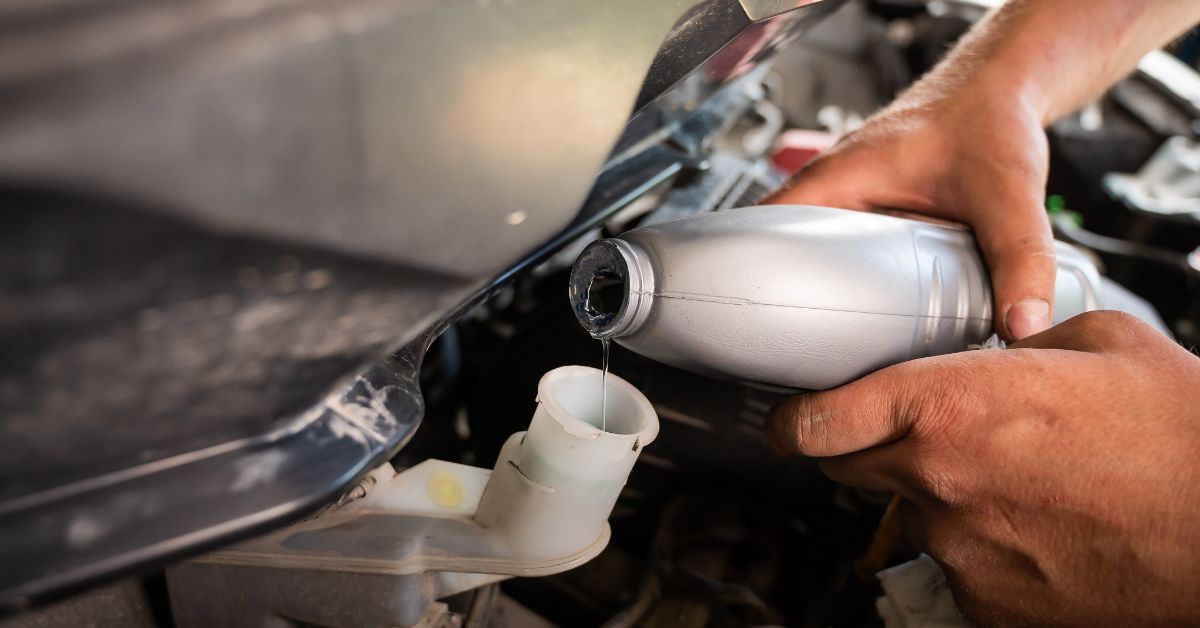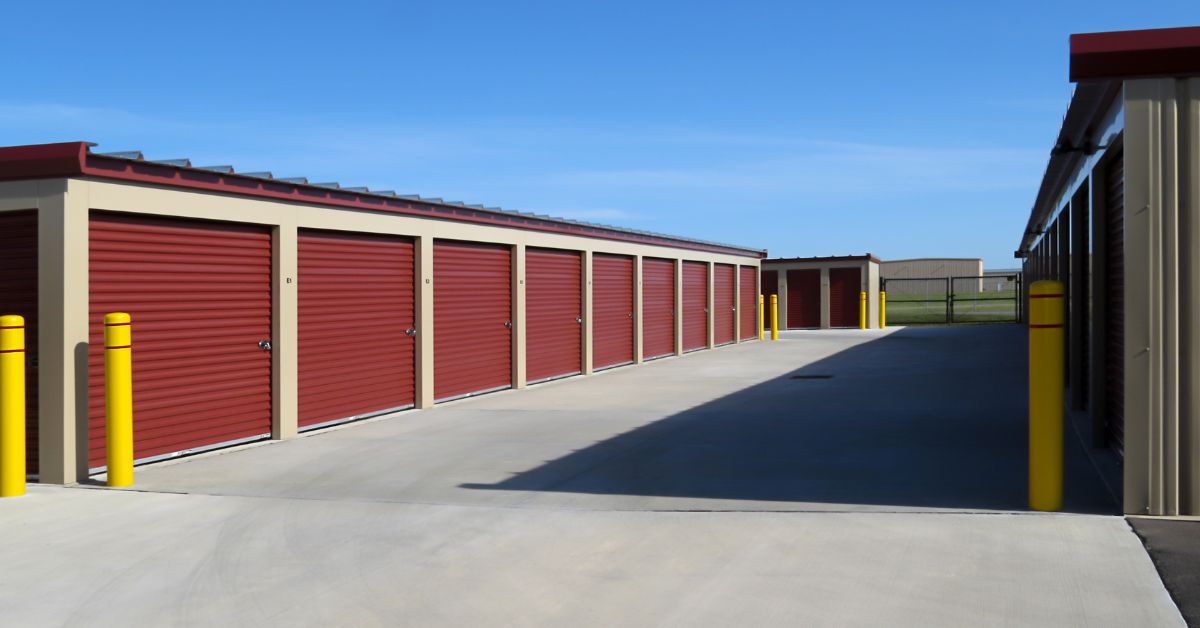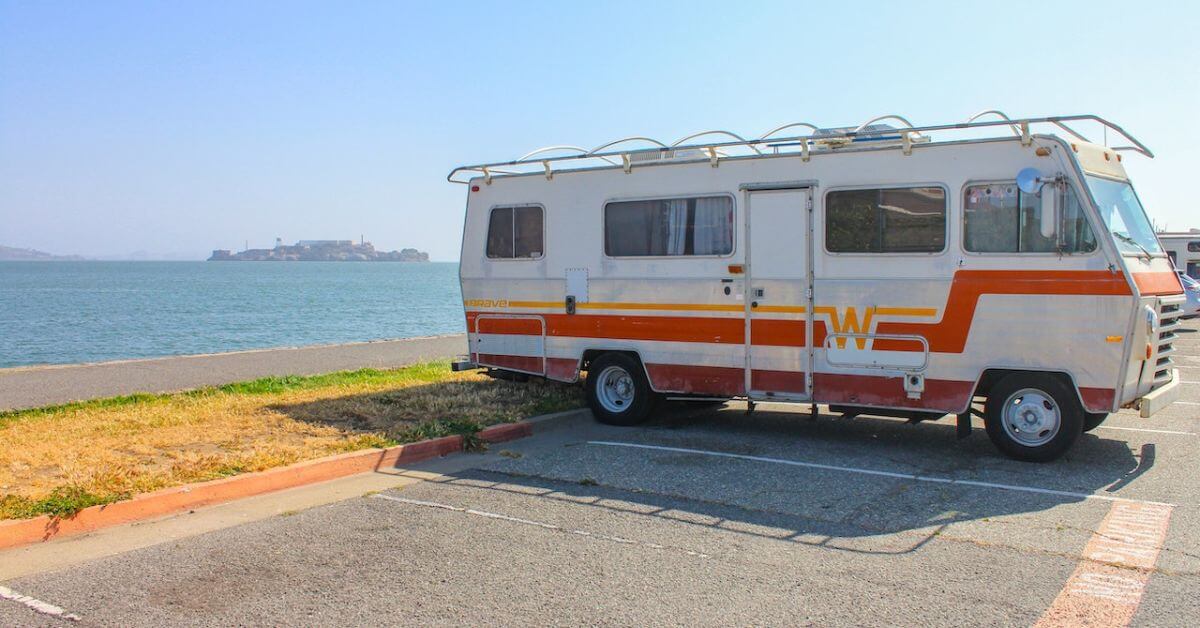Winter is a season that demands thorough preparation, especially when it comes to safeguarding our belongings and possessions. As the chilly November breeze sets in, it brings with it a series of challenges that can potentially affect the condition of our items. Understanding the significance of adequate winter preparation and the role self-storage can play in this scenario is crucial for every individual. Let’s delve into the reasons why considering self-storage options during the winter months, particularly in November, is not just a choice but a prudent decision.
The cold and damp weather characteristic of November can pose risks to various items such as wooden furniture, electronics, and clothing. Exposing these possessions to such conditions can result in irreparable damage, making it essential to find adequate protective measures.
Selecting a storage facility that is easily accessible is crucial for the convenience of regular visits. Assessing the proximity of the facility to one’s residence or workplace helps in ensuring hassle-free accessibility, particularly during the winter season when commuting may be challenging.
Tag: Winter Preparation
Cold-Weather Care: How to Weatherproof Your Car for Storage
As winter’s chill approaches, it’s vital to prepare your vehicle for the harsh conditions it will face during storage. Cold weather can wreak havoc on your car if you don’t take the necessary precautions. In this comprehensive guide, we’ll walk you through the steps to effectively weatherproof your car for storage, ensuring it emerges from its hibernation in top-notch condition. Let’s dive into the details.
Clean and Detail Your Car
Before storing your car for the winter, invest some time in giving it a thorough cleaning and detailing. This isn’t just about aesthetics; it’s about protecting your vehicle’s surfaces from damage over time. Start by washing the exterior, removing any built-up dirt, salt, or grime. Afterward, apply a high-quality wax coating to create a protective barrier against the elements.
Moving inside, vacuum the carpets and upholstery, ensuring there are no food crumbs or debris that could attract unwanted pests. Cleaning the interior not only keeps it looking fresh but also prevents odors from developing during storage.
Change the Oil and Fluids
Fresh oil and other fluids are vital for your car’s engine health, especially during the winter months. Old, degraded fluids can lead to engine damage or even complete failure. Change the oil, transmission fluid, and coolant according to your manufacturer’s recommendations. This proactive step will help ensure that your engine remains in excellent condition throughout the storage period.
 Fuel Up and Add a Fuel Stabilizer
Fuel Up and Add a Fuel Stabilizer
A full gas tank is crucial to prevent condensation from forming inside, which can lead to fuel system issues. To further protect your engine, add a fuel stabilizer to the tank. Fuel stabilizers prevent fuel degradation, ensuring that when you’re ready to use your car again, the engine starts smoothly and efficiently.
Remove the Battery or Use a Battery Tender
Cold temperatures can be particularly hard on car batteries. If your vehicle will be in storage for an extended period, consider removing the battery and storing it in a warm, dry place. If removal isn’t an option, use a battery tender or maintainer to keep the battery charged. This ensures that your car starts reliably when it’s time to bring it back into service.
Inflate the Tires
Proper tire maintenance is essential for preventing flat spots from forming during storage. Inflate your tires to the recommended pressure, which you can find in your vehicle’s manual or on a sticker inside the driver’s side door frame. Additionally, consider placing the car on jack stands to reduce the stress on the tires and prevent flat spots caused by prolonged pressure on a single spot.
Protect the Exterior
Invest in a high-quality, breathable car cover to shield your vehicle from the elements. A well-fitting cover ensures that moisture doesn’t get trapped underneath, which could lead to rust and paint damage. Alongside the car cover, use wheel covers to prevent moisture and dirt buildup on the tires.
Seal Any Openings
Mice and other critters are notorious for seeking refuge in warm engine compartments. Prevent unwanted guests by sealing any openings with steel wool or mesh. This not only keeps pests out but also ensures that your car’s wiring remains intact, preventing costly repairs in the spring.
Elevate Your Car
To prevent your tires from resting on the cold ground, use jack stands to elevate your car slightly. This simple step reduces the risk of flat spots and ensures that your tires remain in good condition.
Store in a Dry Location
Whenever possible, store your car in a dry, temperature-controlled environment like a garage. This provides the best protection against extreme cold and moisture. If you don’t have access to a garage, consider renting storage space at a facility that offers climate control options.
 Lubricate Moving Parts
Lubricate Moving Parts
Apply a high-quality lubricant to hinges, latches, and other moving parts to prevent them from seizing during the winter. This small but essential step can save you from dealing with frustrating repairs come spring.
Maintain Adequate Ventilation
Even in storage, your car needs some ventilation to prevent mold and mildew growth. Crack a window slightly to ensure there’s enough air circulation. Be cautious not to leave the window open too wide, as it could allow moisture to enter.
Use Desiccants
Place desiccant packs or moisture absorbers inside your car to reduce humidity levels. High humidity can lead to mold issues and can damage your car’s interior. Desiccants help keep the moisture levels in check.
Perform Regular Start-Ups
If possible, start your car and let it run for a few minutes every few weeks. This helps keep the engine and various components lubricated. Additionally, it circulates fluids, preventing them from settling or congealing in one place.
Keep the Handbrake Off
Leaving the handbrake engaged for extended periods can cause it to seize. Instead, use wheel chocks to prevent your car from rolling. Place these in front of and behind the tires to ensure the vehicle stays stationary.
Prepare Your Car Now!
Preparing your car for winter storage is a vital step in ensuring it remains in excellent condition. With proper care and attention to detail, you can protect your investment and enjoy trouble-free driving when warmer weather returns. Incorporating these steps into your car’s storage routine can make a significant difference in its condition and longevity. Remember that prevention is key when it comes to protecting your vehicle from the rigors of cold weather and extended storage periods. So, as winter approaches, invest the time and effort in properly weatherproofing your car. When spring finally arrives, you’ll be glad you did.
Beyond the Water: Preparing Your Boat for Storage
Winterizing Your RV for Long-Term Storage
Boat Storage Solutions: Maximizing Space and Convenience
Owning a boat is a dream for many water enthusiasts, offering endless adventures on open waters. However, when the boating season ends, finding proper storage becomes a top priority. In this article, we’ll explore a variety of boat storage solutions that not only maximize space but also provide convenience and protection for your prized possession.
Why Proper Boat Storage Matters
Storing your boat correctly during the off-season is essential to ensure its longevity and optimal performance. Improper storage can lead to structural damage, fading, and even mold growth. By investing in suitable storage solutions, you’re safeguarding your investment and saving money on potential repairs.
Types of Boat Storage Solutions
Indoor Storage Options
Boat Garages: A dedicated boat garage offers excellent protection from the elements. It shields your boat from rain, snow, and UV rays, extending its lifespan.
Storage Units: Renting a storage unit provides a secure environment to keep your boat. Climate-controlled options are available to prevent extreme temperature fluctuations.
Rack Storage: This vertical storage option is common for smaller boats. Racks are stacked to utilize overhead space efficiently.
Outdoor Storage Options
Marina Dock Storage: Marinas often offer dock spaces for boat storage. While convenient, exposure to the elements requires additional maintenance.
Mooring and Anchoring: This involves securing your boat in the water. While accessible, it requires regular hull maintenance to prevent corrosion.
Boat Covers and Shelters: Custom-fit covers and shelters protect boats from rain, dust, and UV damage.
Considerations for Effective Boat Storage
Climate and Weather Protection: Choose storage that aligns with your local climate to prevent damage from extreme weather conditions.
Security and Accessibility: Opt for storage facilities with proper security measures and easy access for routine maintenance.
Maintenance and Upkeep: Regularly inspect and maintain your boat during storage to address issues promptly.
DIY Boat Storage Ideas
Backyard Boat Shed: Building a shed in your backyard provides a convenient and cost-effective storage solution.
Trailer Storage: Storing your boat on a trailer allows for flexibility and easy transportation.
Utilizing Wall Space: Wall-mounted racks optimize garage space and keep your boat off the ground.
Organizing Tips for Boat Storage
Labeling and Inventory: Keep a detailed inventory of stored items and label them for easy retrieval.
Rotation of Stored Boats: If you have multiple boats, rotate their usage to prevent wear on a single vessel.
Preventing Pest Infestations: Seal any openings in storage spaces to prevent pests from entering.
The Advantages of Using Professional Boat Storage Facilities
Expert Care and Maintenance: Professional storage facilities offer skilled maintenance and servicing for your boat.
Space Optimization: These facilities specialize in maximizing storage capacity, even for larger vessels.
Additional Services: Some facilities offer valet launching and retrieval services, saving you time and effort.
Sustainable Boat Storage Practices
Eco-Friendly Cleaning: Use environmentally friendly cleaning products to avoid contaminating waterways.
Solar-Powered Charging: Utilize solar panels to charge onboard batteries, reducing the environmental impact.
Water Conservation Measures: Implement water conservation practices to minimize the use of freshwater for cleaning.
Innovations in Boat Storage
Automated Storage Systems: High-tech automated systems can transport and store boats efficiently.
Foldable and Stackable Designs: Innovative designs allow boats to be folded or stacked, saving space.
App-Based Monitoring: Monitor your boat’s condition remotely through smartphone apps.
Conclusion
Proper boat storage is paramount for maintaining the integrity of your watercraft and ensuring it’s ready for the next adventure. By considering the various storage solutions available, you can choose the one that best suits your needs, whether it’s indoor, outdoor, DIY, or professional storage. Remember, investing in good storage now means many more enjoyable voyages in the future.


 Protecting Belongings from Dampness and Cold: How Self Storage Helps
Protecting Belongings from Dampness and Cold: How Self Storage Helps Ensuring Accessibility: Choosing the Right Location for Self Storage
Ensuring Accessibility: Choosing the Right Location for Self Storage

 Hull and Exterior Protection
Hull and Exterior Protection
 Steps to Winterize Your RV
Steps to Winterize Your RV
